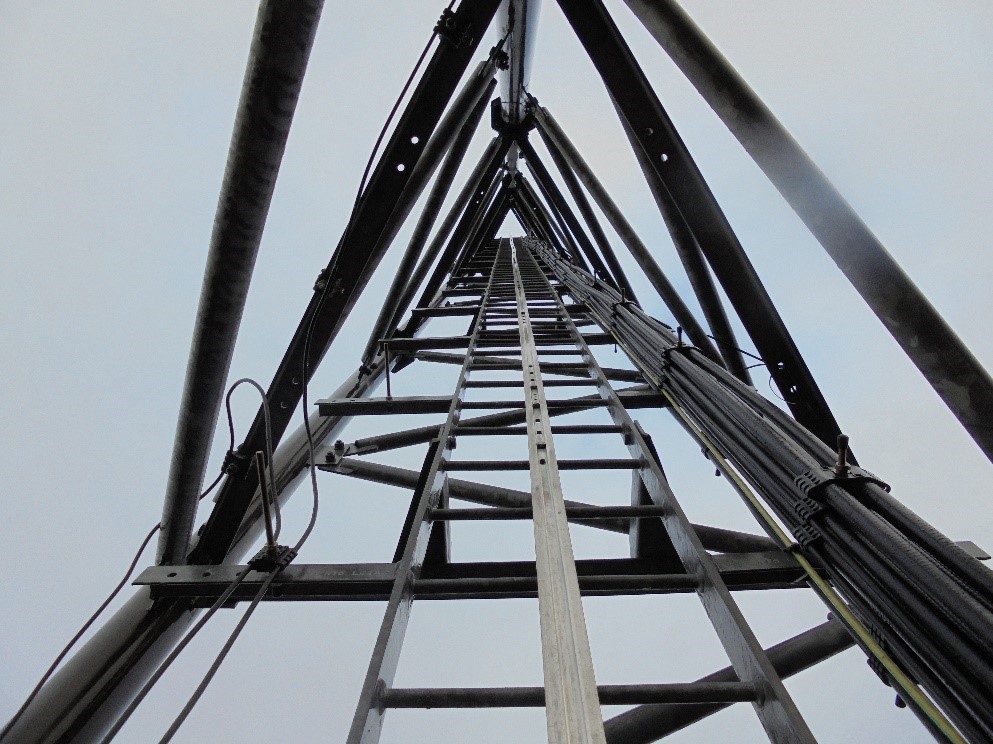The exponential growth in the use of cellular phones and the need for effective radio, radar, and television communications has increased the demand for new era taller towers and masts with capacity to accommodate even more ancillaries. These tall structures must be able to primarily withstand site-specific environmental natural loads such as wind and ice, in addition to axial forces. These tall slender structures are not without engineering challenges such as optimising the structure arrangement, members size, installation and maintenance considerations, connections and foundations, and most importantly available non-utilised capacity for the installation of antennas, dishes, and other communication ancillaries. These challenges are further exacerbated for guyed masts but may in some cases be the efficient solution to be adopted. Although guyed mast comes with several benefits including increased capacity, it is one of the most complicated telecommunications structures to engineer.
Telecommunication tower and mast are dynamic sensitive structures designed to withstand onerous natural and imposed loads. In addition to the inherent complexity in the structural systems, the predominant loads of towers and masts are the environmental wind and ice loads, responsible for detecting the structural behaviour and dynamics of the structure. The dynamic behaviour of tower and mast can change significantly in the presence of ice which increases the axial load and most importantly, increases the wind drag of the tower and mast.
Engineering is unable to control the presence of ice and wind; however, efficient engineering can lead to reduced ice thickness on structure and the corresponding windage area. In other to achieve reduced windage loading area, it is important to understand the effects of ancillaries loading and arrangement. The overall layout of the telecommunication towers and masts are often governed by the requirements for transmission and receiving conditions usually defined by operators. Furthermore, the effects of feeders’ arrangements and installation location cannot be over-emphasised, and this is often overlooked or ignored during designs, and even more during Global Design Checks (GDC) of existing structure capacity for proposed and future technology upgrade installations. Inefficient feeders’ arrangement and installation location can cost site owners more than 25% tower and mast useful utilisation capacity which would have been used to accommodate more antennas, dishes, RRUs, etc.
KA Engineering Group does not only complete structural due diligence, we take further responsible steps to consider, advise, and optimise each site, ensuring cost effective installation and maintenance for build contractors and efficient utilisation for operators.
Contact us to learn more and discuss your needs with our expert team and how we can best serve: info@ka-engroup.com



